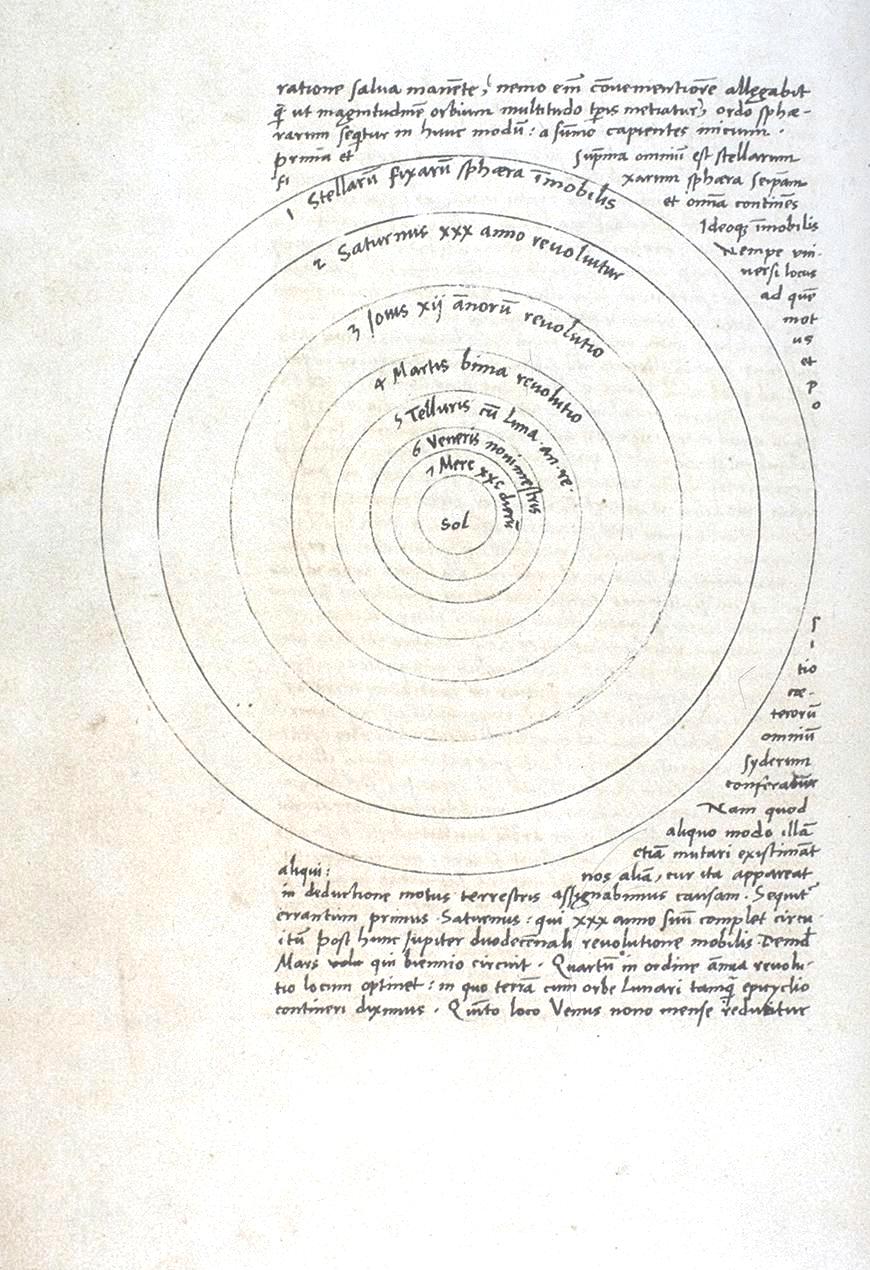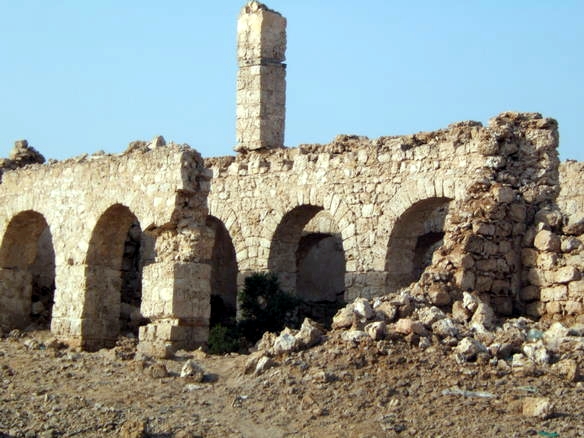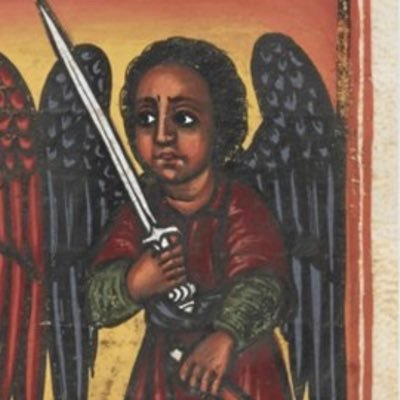|
1543
__NOTOC__ Year 1543 ( MDXLIII) was a common year starting on Monday (link will display the full calendar) of the Julian calendar. It is one of the years sometimes referred to as an "Annus mirabilis" because of its significant publications in science, considered the start of the scientific revolution. Events January–June * February 11 – King Henry VIII of England allies with Charles V, Holy Roman Emperor, against France. * February 21 – Battle of Wayna Daga: A joint Ethiopian-Portuguese force of 8,500, under Emperor Gelawdewos of Ethiopia, defeats Imam Ahmad ibn Ibrahim al-Ghazi's army of over 14,000, ending the Ethiopian–Adal war. * March ** King Gustav Vasa's troops crush the forces of Swedish peasant rebel Nils Dacke in battle, ending the uprising. Dacke escapes, but is captured and killed in the summer. ** Consolidating Act of Welsh Union: The Parliament of England establishes counties and regularises parliamentary representation in Wales. * April ... [...More Info...] [...Related Items...] OR: [Wikipedia] [Google] [Baidu] |
De Revolutionibus Orbium Coelestium
''De revolutionibus orbium coelestium'' (English translation: ''On the Revolutions of the Heavenly Spheres'') is the seminal work on the heliocentric theory of the astronomer Nicolaus Copernicus (1473–1543) of the Polish Renaissance. The book, first printed in 1543 in Nuremberg, Holy Roman Empire, offered an alternative model of the universe to Ptolemy's geocentric system, which had been widely accepted since ancient times. History Copernicus initially outlined his system in a short, untitled, anonymous manuscript that he distributed to several friends, referred to as the '' Commentariolus''. A physician's library list dating to 1514 includes a manuscript whose description matches the ''Commentariolus'', so Copernicus must have begun work on his new system by that time. Most historians believe that he wrote the ''Commentariolus'' after his return from Italy, possibly only after 1510. At this time, Copernicus anticipated that he could reconcile the motion of the Earth wit ... [...More Info...] [...Related Items...] OR: [Wikipedia] [Google] [Baidu] |
Ahmad Ibn Ibrahim Al-Ghazi
Ahmad ibn Ibrahim al-Ghazi ( so, Axmed Ibraahim al-Qaasi or Axmed Gurey, Harari: አሕመድ ኢብራሂም አል-ጋዚ, ar, أحمد بن إبراهيم الغازي ; 1506 – 21 February 1543) was an imam and general of the Adal Sultanate. Imam Ahmad (commonly named Ahmed ''Gurey'' ''in Somali, and ''Gura'' in Afar, both meaning "the left-handed" or "the southpaw")'', invaded the Ethiopian Empire under the Sultanate of Adal during the Ethiopian-Adal War. Ethnicity Imam Ahmad is regarded by most scholars as an ethnic Somali. However, a few historians have dismissed the Somali theory. Merid Wolde Aregay argued Ahmed ibn Ibrahim al-Ghazi belonged to the Harla dynasty of rulers through his father. Mohammed Hassan also states Ahmed was the son of Garad Ibrahim, a provincial governor of Sim in Harla realm. According to Taddesse Tamrat, although various Somali clans were involved in the conquest, Ahmed was not a Somali and had links to the Semitic-speaking Wâlasma aristoc ... [...More Info...] [...Related Items...] OR: [Wikipedia] [Google] [Baidu] |
Nicolaus Copernicus
Nicolaus Copernicus (; pl, Mikołaj Kopernik; gml, Niklas Koppernigk, german: Nikolaus Kopernikus; 19 February 1473 – 24 May 1543) was a Renaissance polymath, active as a mathematician, astronomer, and Catholic canon, who formulated a model of the universe that placed the Sun rather than Earth at its center. In all likelihood, Copernicus developed his model independently of Aristarchus of Samos, an ancient Greek astronomer who had formulated such a model some eighteen centuries earlier. The publication of Copernicus's model in his book ' (''On the Revolutions of the Celestial Spheres''), just before his death in 1543, was a major event in the history of science, triggering the Copernican Revolution and making a pioneering contribution to the Scientific Revolution. Copernicus was born and died in Royal Prussia, a region that had been part of the Kingdom of Poland since 1466. A polyglot and polymath, he obtained a doctorate in canon law and was a mathemat ... [...More Info...] [...Related Items...] OR: [Wikipedia] [Google] [Baidu] |
Battle Of Wayna Daga
The Battle of Wayna Daga was a large-scale battle between the Ethiopian forces assisted by Portuguese musketeers and cavalry and the forces of the Adal Sultanate and the Ottoman Empire in the east of Lake Tana in Ethiopia on 21 February 1543. The available sources give different dates for the battle. Led by the Emperor Galawdewos, the combined army of Ethiopian and Portuguese troops defeated the Adal- Ottoman army led by Imam Ahmad ibn Ibrahim al-Ghazi. One tradition states that Ahmad was shot by a musketeer before being beheaded. Once the Imam's soldiers learned of his death, they fled the battlefield. Background At the Battle of Wofla (28 August 1542), Imam Ahmad had crushed the Portuguese expeditionary force, killing most of its men, capturing practically all of the firearms they had, and capturing and killing its leader, Cristóvão da Gama. The Imam enjoyed a decisive victory over his greatest foe; armies in the Horn of Africa melted away with the death of their ... [...More Info...] [...Related Items...] OR: [Wikipedia] [Google] [Baidu] |
Scientific Revolution
The Scientific Revolution was a series of events that marked the emergence of modern science during the early modern period, when developments in mathematics, physics, astronomy, biology (including human anatomy) and chemistry transformed the views of society about nature.Galilei, Galileo (1974) ''Two New Sciences'', trans. Stillman Drake, (Madison: Univ. of Wisconsin Pr. pp. 217, 225, 296–67.Clagett, Marshall (1961) ''The Science of Mechanics in the Middle Ages''. Madison, Univ. of Wisconsin Pr. pp. 218–19, 252–55, 346, 409–16, 547, 576–78, 673–82 Hannam, p. 342 The Scientific Revolution took place in Europe starting towards the second half of the Renaissance period, with the 1543 Nicolaus Copernicus publication ''De revolutionibus orbium coelestium'' (''On the Revolutions of the Heavenly Spheres'') often cited as its beginning. The era of the Scientific Renaissance focused to some degree on recovering the knowledge of the ancients, and is considered to have ... [...More Info...] [...Related Items...] OR: [Wikipedia] [Google] [Baidu] |
Henry VIII Of England
Henry VIII (28 June 149128 January 1547) was King of England from 22 April 1509 until his death in 1547. Henry is best known for his six marriages, and for his efforts to have his first marriage (to Catherine of Aragon) annulled. His disagreement with Pope Clement VII about such an annulment led Henry to initiate the English Reformation, separating the Church of England from papal authority. He appointed himself Supreme Head of the Church of England and dissolved convents and monasteries, for which he was excommunicated by the pope. Henry is also known as "the father of the Royal Navy" as he invested heavily in the navy and increased its size from a few to more than 50 ships, and established the Navy Board. Domestically, Henry is known for his radical changes to the English Constitution, ushering in the theory of the divine right of kings in opposition to papal supremacy. He also greatly expanded royal power during his reign. He frequently used charges of treason an ... [...More Info...] [...Related Items...] OR: [Wikipedia] [Google] [Baidu] |
Suleiman The Magnificent
Suleiman I ( ota, سليمان اول, Süleyman-ı Evvel; tr, I. Süleyman; 6 November 14946 September 1566), commonly known as Suleiman the Magnificent in the West and Suleiman the Lawgiver ( ota, قانونى سلطان سليمان, Ḳānūnī Sulṭān Süleymān) in his realm, was the tenth and longest-reigning Sultan of the Ottoman Empire from 1520 until his death in 1566. Under his administration, the Ottoman Empire ruled over at least 25 million people. Suleiman succeeded his father, Selim I, as sultan on 30 September 1520 and began his reign with campaigns against the Christian powers in central Europe and the Mediterranean. Belgrade fell to him in 1521 and the island of Rhodes in 1522–23. At Mohács, in August 1526, Suleiman broke the military strength of Hungary. Suleiman became a prominent monarch of 16th-century Europe, presiding over the apex of the Ottoman Empire's economic, military and political power. Suleiman personally led Ottoman armies in ... [...More Info...] [...Related Items...] OR: [Wikipedia] [Google] [Baidu] |
Ethiopian–Adal War
The Ethiopian–Adal War or Abyssinian-Adal War, also known in Arabic as the "Futuḥ al-Ḥabash" ( ar, فتوح الحبش, ''conquest of Abyssinia''), was a military conflict between the Christian Ethiopian Empire and the Muslim Adal Sultanate from 1529 to 1543. Ethiopian troops consisted of Amhara, Tigrayans, and Agaw people supported by Portuguese musketmen, while Adal forces were made up of the Somali, Harari, Oromo Afar, Argobba, Hadiya, and now extinct Harla ethnic groups, along with Turkish and Arab gunmen, with both sides making use of ethnic Maya mercenaries. Background Imam Ahmad ibn Ibrahim al-Ghazi was a military leader of the medieval Adal Sultanate in the northern Horn of Africa. Between 1529 and 1543, who embarked on a conquest referred to as the ''Futuh Al-Habash'', which brought three-quarters of Christian Abyssinia under the power of the Muslim Sultanate of Adal. With an army which composed of Afar, Harari, and Somalis. Al-Ghazi's forces, using bows ... [...More Info...] [...Related Items...] OR: [Wikipedia] [Google] [Baidu] |
Laws In Wales Acts 1535 And 1542
The Laws in Wales Acts 1535 and 1542 ( cy, Y Deddfau Cyfreithiau yng Nghymru 1535 a 1542) were Acts of the Parliament of England, and were the parliamentary measures by which Wales was annexed to the Kingdom of England The Kingdom of England (, ) was a sovereign state on the island of Great Britain from 12 July 927, when it emerged from various Anglo-Saxon kingdoms, until 1 May 1707, when it united with Scotland to form the Kingdom of Great Britain. On .... Moreover, the English law, legal system of England was extended to Wales and the norms of English administration were introduced; with the intention to create a single State (polity), state and legal jurisdiction. The Acts were passed during the reign of King Henry VIII of England, who came from the Welsh House of Tudor, Tudor dynasty, and are sometimes referred to as the Acts of Union. Before these Acts, Wales was excluded from Parliamentary representation and divided between the Principality of Wales and many fe ... [...More Info...] [...Related Items...] OR: [Wikipedia] [Google] [Baidu] |
Nils Dacke
Nils Dacke (died 1543) was a Swedish yeoman who was the leader of a mid-16th century peasant revolt in the historic province of Småland in southern Sweden. The resulting Dacke War ( sv, Dackefejden) was fought against King Gustav I of Sweden of the Vasa family. It was the most widespread and serious civil war in Swedish history and almost toppled the king. Background King Gustav Vasa had come to power at the head of a peasant army in 1523. He had established Sweden's independence from Denmark and made Protestantism the national religion. Småland found itself on the border between Sweden and Denmark and was hit hard by Vasa's ban on cross-border trade. In addition, the heavy handed way in which the church was reformed and the increasing tax burden led to much dissatisfaction among the poor peasants. The Dacke War Already in 1536, Nils Dacke was tried at a local court for killing a sheriff; according to court records he was fined 10 oxen. The uprising started in Södra M ... [...More Info...] [...Related Items...] OR: [Wikipedia] [Google] [Baidu] |
Charles V, Holy Roman Emperor
Charles V, french: Charles Quint, it, Carlo V, nl, Karel V, ca, Carles V, la, Carolus V (24 February 1500 – 21 September 1558) was Holy Roman Emperor and Archduke of Austria from 1519 to 1556, King of Spain ( Castile and Aragon) from 1516 to 1556, and Lord of the Netherlands as titular Duke of Burgundy from 1506 to 1555. He was heir to and then head of the rising House of Habsburg during the first half of the 16th century, his dominions in Europe included the Holy Roman Empire, extending from Germany to northern Italy with direct rule over the Austrian hereditary lands and the Burgundian Low Countries, and Spain with its southern Italian possessions of Naples, Sicily, and Sardinia. He oversaw both the continuation of the long-lasting Spanish colonization of the Americas and the short-lived German colonization of the Americas. The personal union of the European and American territories of Charles V was the first collection of realms labelled " the empire ... [...More Info...] [...Related Items...] OR: [Wikipedia] [Google] [Baidu] |
Gelawdewos
Galawdewos ( gez, ገላውዴዎስ, 1521/1522 – 23 March 1559) also known as Mar Gelawdewos ( amh, ማር ገላውዴዎስ), was Emperor of Ethiopia from 3 September 1540 until his death in 1559, and a member of the Solomonic dynasty. His throne name was Asnaf Sagad I (Ge'ez: አጽናፍ ሰገድ). A male line descendant of medieval Amhara kings, he was a younger son of Dawit II and Seble Wongel. Reign His reign was dominated by the struggle with Ahmad ibn Ibrahim al-Ghazi during the Ethiopian–Adal War until Ahmad's defeat and death in the Battle of Wayna Daga on 21 February 1543. Gelawdewos devoted time and energy to rallying his people against Ahmad, a determination his chronicler credits prevented Ahmad's forcible conversions from being permanent. With Ahmad's death, Gelawdewos was not only able to eject the leaderless Muslim forces from the Ethiopian Highlands, but also from the lowlands to the east, which included the Sultanate of Dawaro and Bale. He also turn ... [...More Info...] [...Related Items...] OR: [Wikipedia] [Google] [Baidu] |




.jpg)



